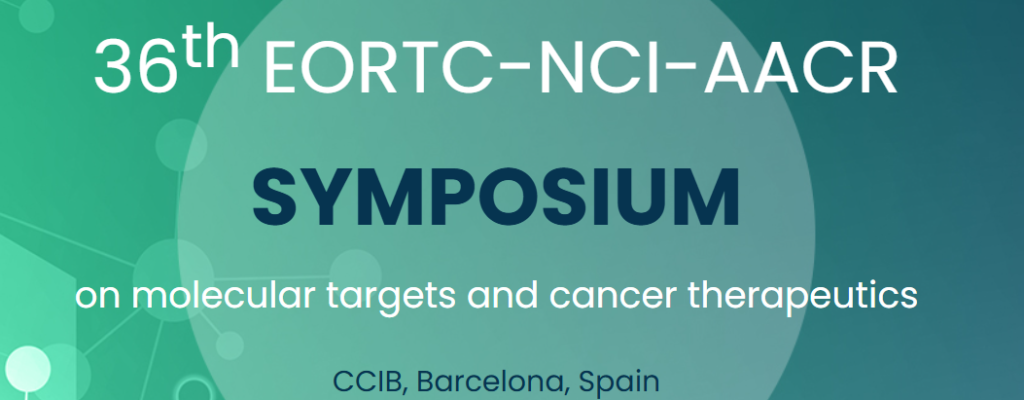
Researchers have shown that they can accurately re-create clinical trials of new treatments using ‘digital twins’ of real cancer patients.
The technology, called FarrSight®-Twin, which is based on algorithms used by astrophysicists to discover black holes, presented at the 36th EORTC-NCI-AACR Symposium on Molecular Targets and Cancer Therapeutics in Barcelona.
The researchers say that this approach could be used by cancer researchers to run virtualclinical trials before testing new treatments on patients. It could also be used alongside clinical trials with a digital twin for each patient taking part, which together could form a control group for any trial. Ultimately, it might mean that patients could have different treatments tested on their digital twin to help select the most suitable treatment ahead of time.
The research is presented by Dr Uzma Asghar, Co-founder and Chief Scientific Officer at Concr and a consultant medical oncologist, currently working at The Royal Marsden NHS Foundation Trust, London, UK. She said: “Around the world, we spend billions of dollars on developing new cancer treatments. Some will turn out to be successful, but most will not. “We can use digital twins to represent individual patients, build clinical trial cohorts and compare treatments to see if they are likely to be successful before testing them out with real patients.”
Each digital twin is created from biological data from thousands of patients with cancer who have been treated in different ways. This information is combined to recreate the cancer of a real patient with molecular data on their tumour. This digital twin makes it possible to predict how a patient is likely to respond to a treatment.
Dr Asghar and her colleagues used this approach to recreate published clinical trials with a digital twin representing each real patient who took part in the trial. Overall, the digital trials accurately predicted the outcome of the actual clinical trials in all simulated clinical studies. Further testing showed that where patients received the treatment predicted by FarrSight®-Twin to be best, they had a 75% response rate, compared to 53.5% response where patients received a different treatment. ‘Response rate’ means the proportion of patients whose tumours shrank following treatment. The trials they used in the study presented at the Symposium were in patients with either breast, pancreatic or ovarian cancer. They were phase II or III trials that compared two different drug therapies, including anthracyclines, taxanes, platinum-based drugs, capecitabine and hormone treatments.
Dr Asghar said: “We are excited to apply this type of technology by simulating clinical trials across different tumour types to predict patients’ response to different chemotherapies and the results are encouraging. “This technology means that researchers can simulate patient trials at a much earlier stage in drug development and they can re-run the simulation multiple times to test out different scenarios and maximise the likelihood of success. It is already being used to simulate patients to act as controls for comparing the effect of a new treatment with the existing standard of care.
“We are currently developing this technology so that it can predict treatment response for individual patients in the clinic and help doctors understand which chemotherapy will or will not be helpful, and this work is ongoing.” Dr Asghar and her colleagues are testing the technology to see if it could help predict which available treatments will work best for patients with triple-negative breast cancer, in an observational collaborative trial between Concr, The Institute of Cancer Research, Durham University and the Royal Marsden Hospital.
Professor Timothy A Yap from the University of Texas MD Anderson Cancer Center, Houston, USA, is co-chair of the EORTC-NCI-AACR Symposium and was not involved in the research. He said: “Despite major improvements in cancer treatment, there are still many types of cancer where treatment options are limited. Designing and testing new cancer treatments is challenging, time-consuming and costly. If we can exploit digital tools to make this process quicker and easier, that should help us find better treatments for patients more efficiently in the future.”
